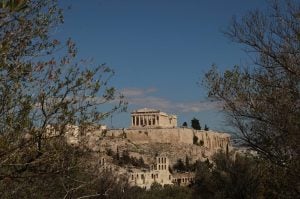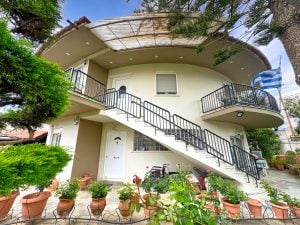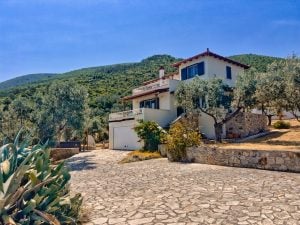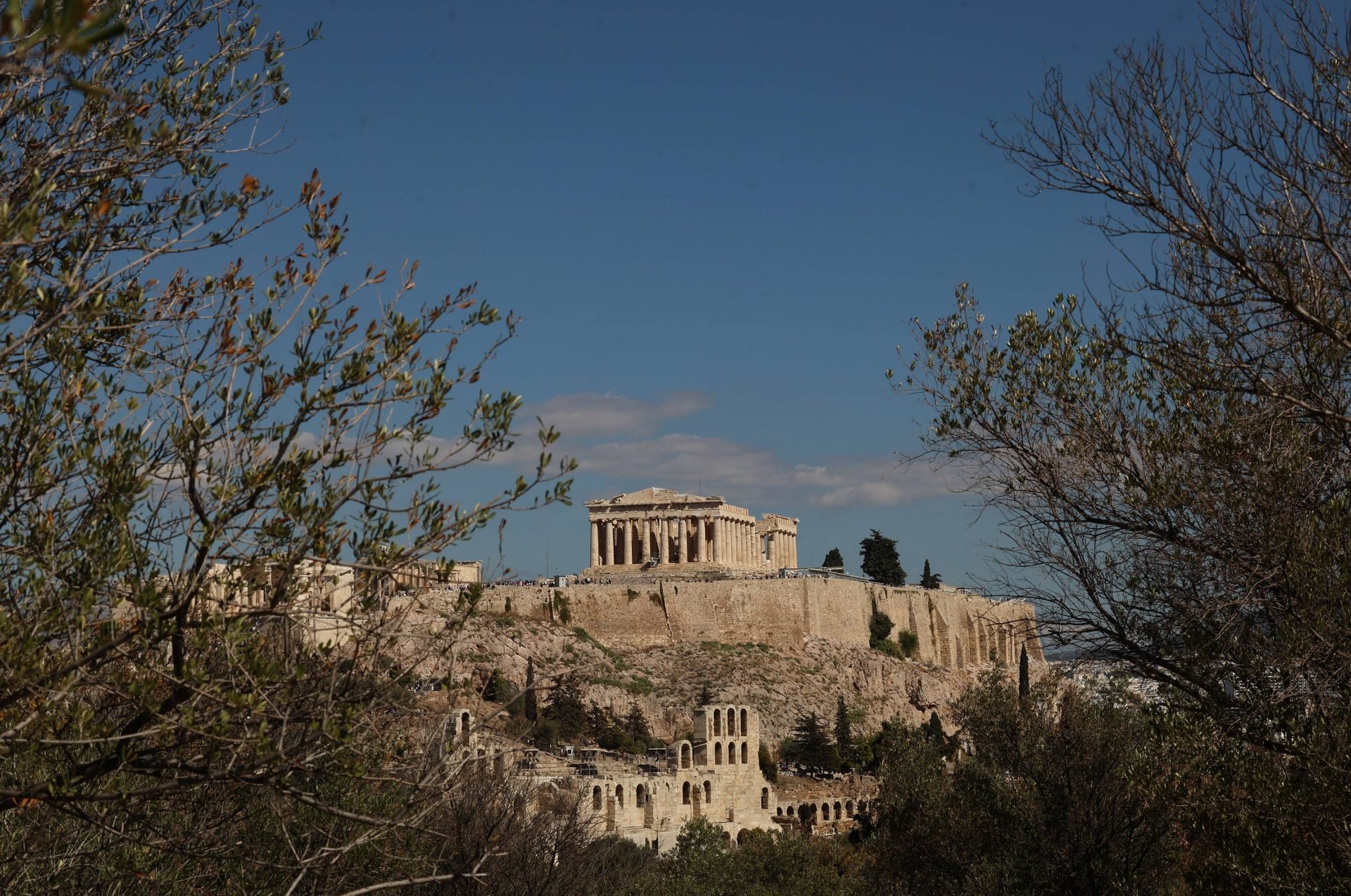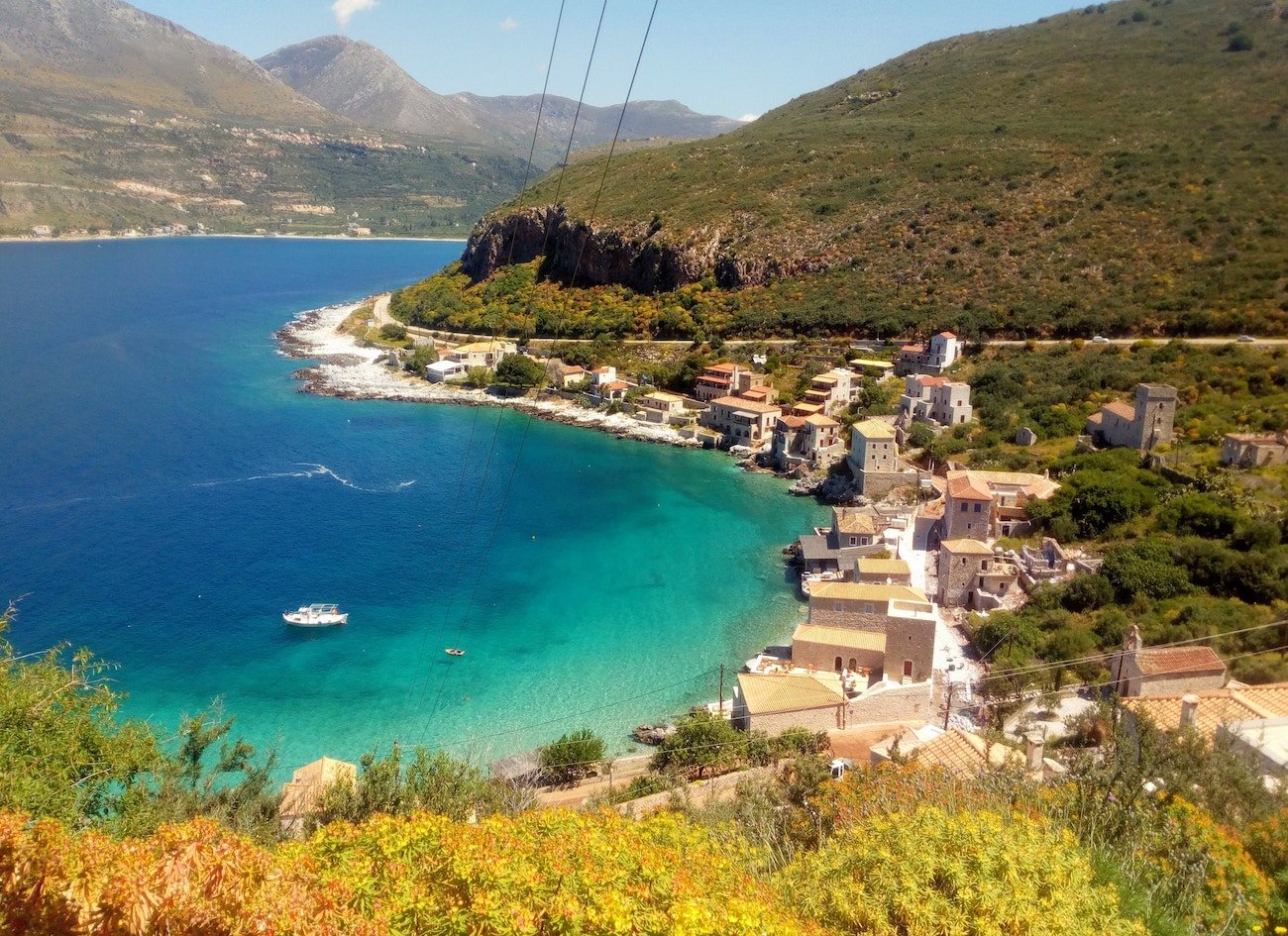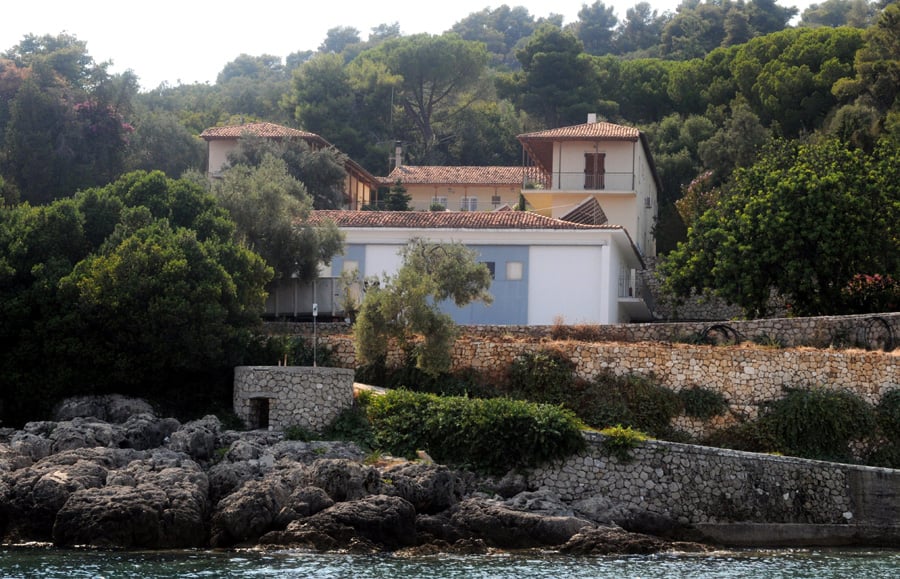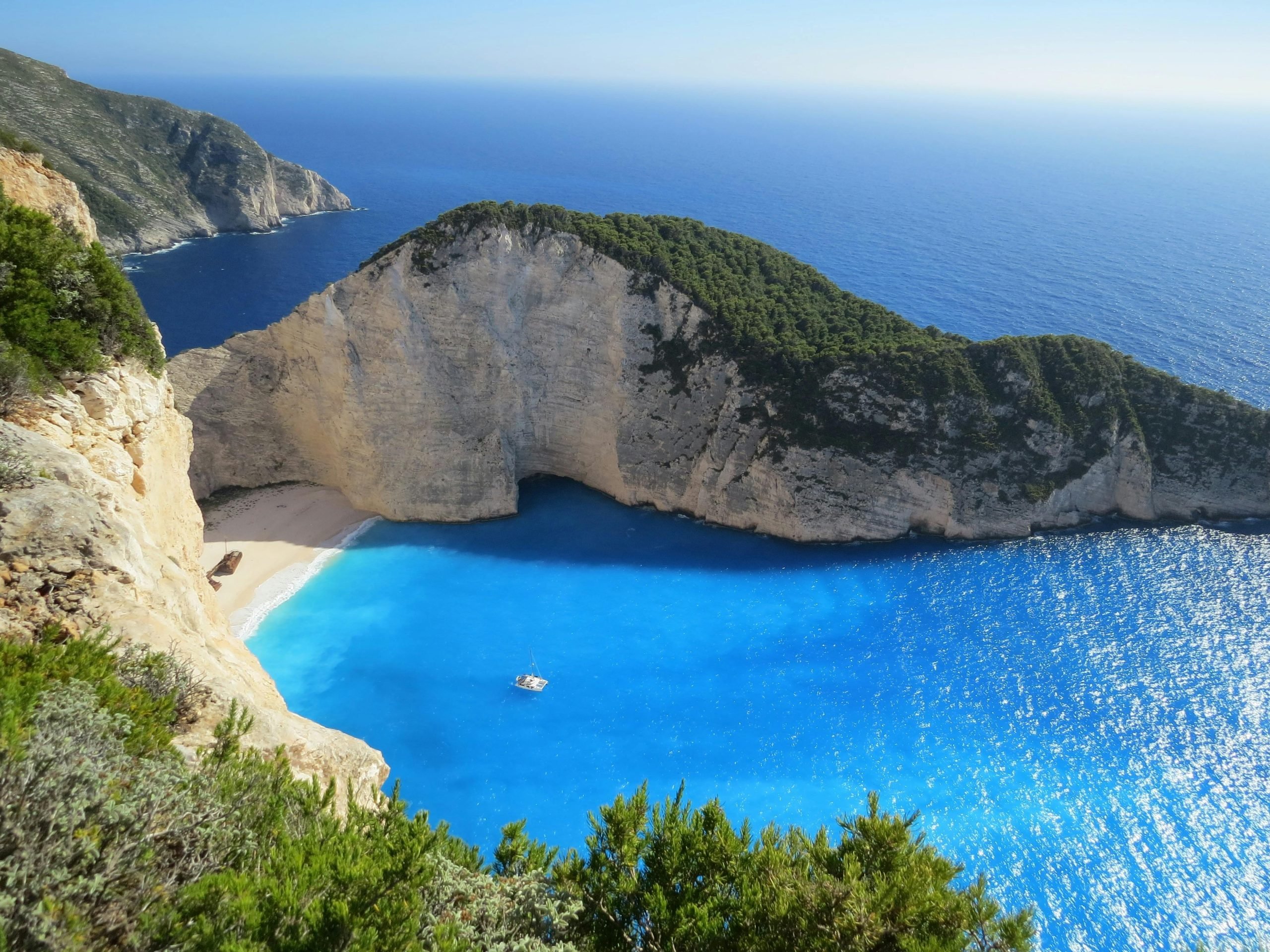Τα Χανιά προσφέρουν λογικό κόστος ταξιδιού σε σύγκριση με τα κορυφαία νησιά της Ελλάδας, όπως η Μύκονος και η Σαντορίνη, καθιστώντας τα έναν προσιτό προορισμό για διάφορους προϋπολογισμούς. Τα έξοδά σας θα εξαρτηθούν από τις επιλογές διαμονής, τις γευστικές προτιμήσεις και την εποχιακή συγκυρία. Η κατανόηση αυτών των παραγόντων κόστους σας βοηθά να προγραμματίσετε μια ευχάριστη επίσκεψη χωρίς υπερβολικές δαπάνες.
Τι κάνει τα Χανιά περισσότερο ή λιγότερο ακριβά από άλλους ελληνικούς προορισμούς;
Τα Χανιά βρίσκονται στο μεσαίο εύρος του κόστους των ελληνικών προορισμών, σημαντικά πιο προσιτά από τη Μύκονο ή τη Σαντορίνη, αλλά ελαφρώς ακριβότερα από τις ηπειρωτικές περιοχές. Η πόλη ισορροπημένη τουριστική υποδομή διατηρεί τις τιμές λογικές, προσφέροντας παράλληλα ποιοτικές υπηρεσίες. Σε αντίθεση με τα υπερπολυτελή νησιά όπου η περιορισμένη προσφορά οδηγεί σε ακραίες τιμές, οι ποικίλες επιλογές διαμονής και εστίασης στα Χανιά δημιουργούν υγιή ανταγωνισμό.
Ο προορισμός προσελκύει λιγότερους τουρίστες πολυτελείας σε σχέση με τη Μύκονο, γεγονός που διατηρεί τα συνολικά επίπεδα τιμών προσιτά. Ωστόσο, η δημοτικότητα των Χανίων και οι καλά αναπτυγμένες τουριστικές εγκαταστάσεις σημαίνουν ότι το κόστος υπερβαίνει τα μικρότερα, λιγότερο επισκέψιμα ελληνικά νησιά. Τα εποχικά πρότυπα ζήτησης αντικατοπτρίζουν άλλους μεσογειακούς προορισμούς, με τον Ιούλιο και τον Αύγουστο να απαιτούν υψηλές τιμές σε όλες τις υπηρεσίες.
Οι τοπικές οικονομικές συνθήκες ευνοούν τους επισκέπτες, καθώς το μεγαλύτερο μέγεθος της Κρήτης υποστηρίζει ποικίλες τιμές. Η αγροτική βάση του νησιού και ο πληθυσμός που ζει όλο το χρόνο διατηρούν τις τοπικές υπηρεσίες σε λογικές τιμές, σε αντίθεση με τα μικρότερα νησιά που εξαρτώνται αποκλειστικά από τον τουρισμό, όπου τα πάντα έχουν υψηλές τιμές.
Πόσο πρέπει να υπολογίσετε για τη διαμονή σας στα Χανιά;
Το κόστος διαμονής στα Χανιά ποικίλλει δραματικά ανάλογα με την τοποθεσία, την εποχή και τον τύπο του καταλύματος. Οι οικονομικοί ξενώνες και οι απλοί ξενώνες προσφέρουν τις πιο οικονομικές επιλογές, ενώ τα πολυτελή ξενοδοχεία και οι μπουτίκ ιδιοκτησίες απαιτούν υψηλές τιμές. Η επιλογή γειτονιάς επηρεάζει σημαντικά την τιμολόγηση, με τα ακίνητα στην Παλιά Πόλη να κοστίζουν συνήθως περισσότερο από τις προαστιακές τοποθεσίες.
Η τιμολόγηση της περιόδου αιχμής πραγματοποιείται τον Ιούλιο και τον Αύγουστο, όταν οι τιμές μπορεί να διπλασιαστούν σε σύγκριση με τους μήνες του ώμου. Η άνοιξη και το φθινόπωρο προσφέρουν εξαιρετική αξία, με άνετο καιρό και σημαντικά χαμηλότερο κόστος διαμονής. Ο χειμώνας προσφέρει τις χαμηλότερες τιμές, αλλά περιορισμένη διαθεσιμότητα υπηρεσιών σε ορισμένα καταλύματα.
Οι στρατηγικές κράτησης επηρεάζουν σημαντικά το τελικό σας κόστος. Οι απευθείας κρατήσεις προσφέρουν μερικές φορές καλύτερες τιμές από τις πλατφόρμες κρατήσεων, ιδίως για μικρότερες ιδιοκτησίες. Οι παρατεταμένες διαμονές συχνά πληρούν τις προϋποθέσεις για εκπτώσεις, και η έγκαιρη κράτηση μπορεί να εξασφαλίσει καλύτερη διαθεσιμότητα και τιμολόγηση κατά τις περιόδους αιχμής.
Πόσο κοστίζουν συνήθως τα γεύματα και η εστίαση στα Χανιά;
Τα έξοδα για φαγητό στα Χανιά κυμαίνονται από πολύ προσιτές τοπικές ταβέρνες μέχρι πολυτελή εστιατόρια στην προκυμαία. Οι παραδοσιακές ελληνικές ταβέρνες προσφέρουν την καλύτερη τιμή, σερβίροντας γενναιόδωρες μερίδες σε λογικές τιμές. Εγκαταστάσεις της τοπικής γειτονιάς μακριά από τις κύριες τουριστικές περιοχές παρέχουν αυθεντικές εμπειρίες με χαμηλότερο κόστος από ό,τι οι παραλιακές τοποθεσίες.
Το φαγητό του δρόμου και οι επιλογές για χαλαρά γεύματα κρατούν το κόστος των γευμάτων ελάχιστο για τους ταξιδιώτες με χαμηλό προϋπολογισμό. Ο γύρος, το σουβλάκι και τα τοπικά είδη αρτοποιείου προσφέρουν ικανοποιητικά, φθηνά γεύματα καθ' όλη τη διάρκεια της ημέρας. Τα ψώνια στην αγορά επιτρέπουν στους επισκέπτες με αυτοεξυπηρέτηση να ελέγχουν τα έξοδα διατροφής, ενώ απολαμβάνουν φρέσκα, τοπικά υλικά.
Τα πολυτελή εστιατόρια σε γραφικές τοποθεσίες έχουν υψηλότερες τιμές, ιδίως εκείνα με θέα στο λιμάνι ή στην Παλιά Πόλη. Τα φιλοδωρήματα περιλαμβάνουν στρογγυλοποίηση των λογαριασμών ή προσθήκη μικρών ποσών και όχι σταθερά ποσοστά. Πολλές ταβέρνες περιλαμβάνουν δωρεάν ψωμί και απλά ορεκτικά, προσθέτοντας αξία στη γευστική σας εμπειρία.
Πόσο κοστίζουν οι δραστηριότητες και τα αξιοθέατα στα Χανιά;
Το κόστος των δραστηριοτήτων στα Χανιά παραμένει μέτριο σε σύγκριση με άλλους δημοφιλείς ελληνικούς προορισμούς. Οι ιστορικοί χώροι και τα μουσεία χρεώνουν μέτρια είσοδο, καθιστώντας την πολιτιστική εξερεύνηση προσιτή. Εκδρομές με σκάφος και εκδρομές αντιπροσωπεύουν τα υψηλότερα έξοδα δραστηριότητας, τα οποία ποικίλλουν ανάλογα με τη διάρκεια και τον προορισμό.
Πολλά από τα καλύτερα αξιοθέατα των Χανίων δεν κοστίζουν τίποτα για να τα απολαύσετε. Ο περίπατος στην Παλιά Πόλη, η εξερεύνηση του ενετικού λιμανιού και η χαλάρωση στις κοντινές παραλίες προσφέρουν εξαιρετική ψυχαγωγία χωρίς χρέωση. Η δημοτική αγορά, οι βόλτες στο φάρο και η εξερεύνηση της γειτονιάς προσφέρουν πλούσιες εμπειρίες χωρίς κόστος.
Οι οργανωμένες εκδρομές και οι θαλάσσιες δραστηριότητες έχουν υψηλότερες τιμές, αλλά συχνά περιλαμβάνουν πολλαπλά στοιχεία για καλύτερη αξία. Η ενοικίαση εξοπλισμού παραλίας, τα θαλάσσια σπορ και οι εκδρομές με ξεναγό στις γύρω περιοχές αποτελούν προαιρετικά έξοδα που ενισχύουν την επίσκεψή σας. Οι ομαδικές κρατήσεις προσφέρουν μερικές φορές εκπτώσεις για δημοφιλείς δραστηριότητες.
Τι κόστος μεταφοράς πρέπει να περιμένετε στα Χανιά;
Τα έξοδα μεταφοράς στα Χανιά παραμένουν αρκετά λογικά λόγω του συμπαγούς μεγέθους της πόλης και των αποτελεσματικών δημόσιων συγκοινωνιών. Τα τοπικά λεωφορεία παρέχουν οικονομικές συνδέσεις μεταξύ των γειτονιών και των κοντινών παραλιών. Το περπάτημα καλύπτει τα περισσότερα κεντρικά αξιοθέατα, μειώνοντας τις ανάγκες μεταφοράς για πολλούς επισκέπτες.
Οι τιμές των ταξί εντός του κέντρου της πόλης παραμένουν μέτριες, αν και το κόστος αυξάνεται για μεταφορές από το αεροδρόμιο ή για μεγαλύτερες αποστάσεις. Η ενοικίαση αυτοκινήτου προσφέρει ευελιξία για την εξερεύνηση των αξιοθέατων της Κρήτης πέρα από τα Χανιά, με ανταγωνιστικές τιμές κατά τις περιόδους μη αιχμής. Το κόστος των καυσίμων ευθυγραμμίζεται με τα ευρωπαϊκά πρότυπα.
Ο περιπατητικός σχεδιασμός της πόλης ελαχιστοποιεί τις απαιτήσεις μεταφοράς για τις τυπικές τουριστικές δραστηριότητες. Τα περισσότερα καταλύματα, εστιατόρια και αξιοθέατα βρίσκονται σε λογική απόσταση με τα πόδια. Τα δημόσια δρομολόγια λεωφορείων συνδέουν αποτελεσματικά τις δημοφιλείς παραλίες και τα γύρω χωριά σε πολύ προσιτές τιμές.
Πότε τα Χανιά είναι πιο ακριβά και λιγότερο ακριβά για να τα επισκεφθείτε;
Το κόστος των Χανίων παρουσιάζει σημαντικές διακυμάνσεις καθ' όλη τη διάρκεια του έτους, ενώ τον Ιούλιο και τον Αύγουστο οι τιμές κορυφώνονται σε όλες τις υπηρεσίες. Περίοδοι ώμου Μάιος-Ιούνιος και Σεπτέμβριος-Οκτώβριος προσφέρουν τον καλύτερο συνδυασμό ευχάριστων καιρικών συνθηκών και μέτριων τιμών. Οι χειμερινοί μήνες προσφέρουν το χαμηλότερο κόστος αλλά περιορισμένη τουριστική υποδομή.
Οι ανοιξιάτικες επισκέψεις έχουν εξαιρετική αξία με ήπιο καιρό, ανθισμένα τοπία και σημαντικά χαμηλότερες τιμές διαμονής. Το φθινόπωρο παρατείνει την ευνοϊκή περίοδο τιμολόγησης, διατηρώντας παράλληλα ζεστές θερμοκρασίες κατάλληλες για τις περισσότερες δραστηριότητες. Αυτές οι περίοδοι αποφεύγουν τόσο την αιχμή των τιμών όσο και τις ακραίες καιρικές συνθήκες.
Περίοδοι διακοπών, όπως το Πάσχα και οι ελληνικές εθνικές αργίες, μπορούν να αυξήσουν προσωρινά το κόστος ακόμη και κατά τις κατά τα άλλα μέτριες εποχές. Ο εκ των προτέρων προγραμματισμός βοηθά στην εξασφάλιση καλύτερων τιμών ανεξαρτήτως εποχής, ενώ η ευελιξία με τις ημερομηνίες ταξιδιού μπορεί να επηρεάσει σημαντικά τα συνολικά έξοδα. Για όσους σκέφτονται να μείνουν για μεγαλύτερο χρονικό διάστημα ή ευκαιρίες για επενδύσεις σε ακίνητα στην Ελλάδα, η κατανόηση αυτών των εποχιακών προτύπων καθίσταται ιδιαίτερα πολύτιμη για τη λήψη τεκμηριωμένων αποφάσεων σχετικά με το χρονοδιάγραμμα και τον προϋπολογισμό.
Ο προγραμματισμός της επίσκεψής σας στα Χανιά περιλαμβάνει την εξισορρόπηση του κόστους με τις προτιμήσεις σας σε θέματα διαμονής, φαγητού, δραστηριοτήτων και χρόνου. Είτε εξερευνάτε τον προορισμό για διακοπές είτε σκέφτεστε να συνδεθείτε μακροπρόθεσμα με την περιοχή, η επαγγελματική καθοδήγηση μπορεί να σας βοηθήσει να βελτιστοποιήσετε την προσέγγισή σας. Για εξατομικευμένες συμβουλές σχετικά με την επίσκεψη ή την επένδυση στα Χανιά και την ευρύτερη περιοχή της Κρήτης, μπορείτε να απευθυνθείτε επαφή τους τοπικούς μας ειδικούς που κατανοούν τόσο το τουριστικό τοπίο όσο και τη δυναμική της αγοράς ακινήτων.

